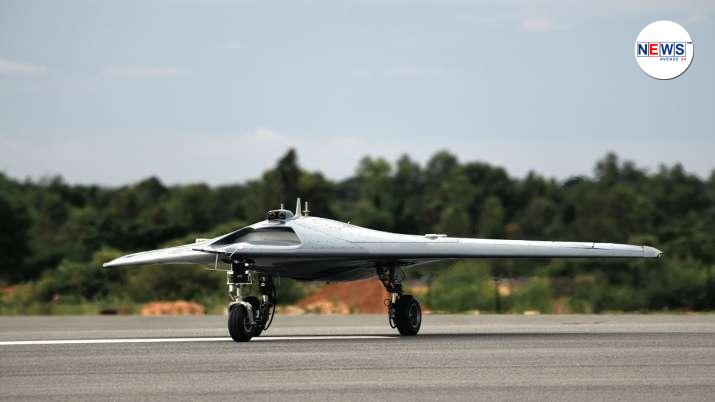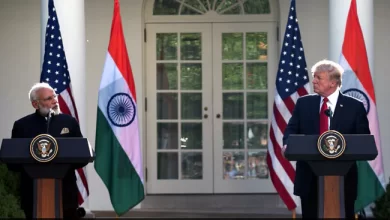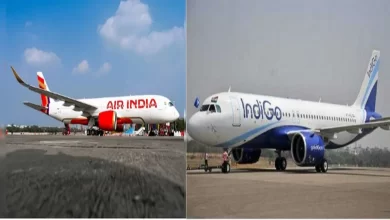
DRDO conducts successful maiden flight of Autonomous Flying Wing Technology Demonstrator
The airframe, undercarriage and entire flight control and avionics systems used for the aircraft had been developed indigenously.
HIGHLIGHTS
- DRDO successfully tests Autonomous Flying Wing Technology Demonstrator
- It is designed and developed by Aeronautical Development Establishment (ADE)
- India’s drone industry is expected to play a major role in public services
In a major breakthrough, the Defence Research and Development Organisation (DRDO) on Friday successfully carried out the maiden flight of the Autonomous Flying Wing Technology Demonstrator from the Aeronautical Test Range, Chitradurga, Karnataka. “Operating in a fully autonomous mode, the aircraft exhibited a perfect flight, including take-off, waypoint navigation and a smooth touchdown. This flight marks a major milestone in terms of proving critical technologies for the development of future unmanned aircraft and is a significant step towards self-reliance in such strategic defence technologies,” read an official statement.
Powered by a small turbofan engine, the unmanned aerial vehicle is designed and developed by Aeronautical Development Establishment (ADE), Bengaluru, a premier research laboratory of DRDO. The airframe, undercarriage and entire flight control and avionics systems used for the aircraft had been developed indigenously.
Defence Minister Rajnath Singh congratulated DRDO and stated that the move will pace the country’s self-reliance in terms of critical military systems.
“It is a major achievement towards autonomous aircraft and will pave the way for ‘Aatmanirbhar Bharat’ in terms of critical military systems,” said Singh.
With a growing indigenous base of manufacturers, India’s drone industry may play an instrumental role in public services such as agriculture, defence, healthcare and infrastructure maintenance. Drones are mini pilotless aircraft operated by remote control and can be accessed through simple devices like a smartphone app. These unmanned vehicles require far less effort, time and energy, and can reach far and difficult terrains while being controlled by a single person remotely.
News Sources – India Tv News





